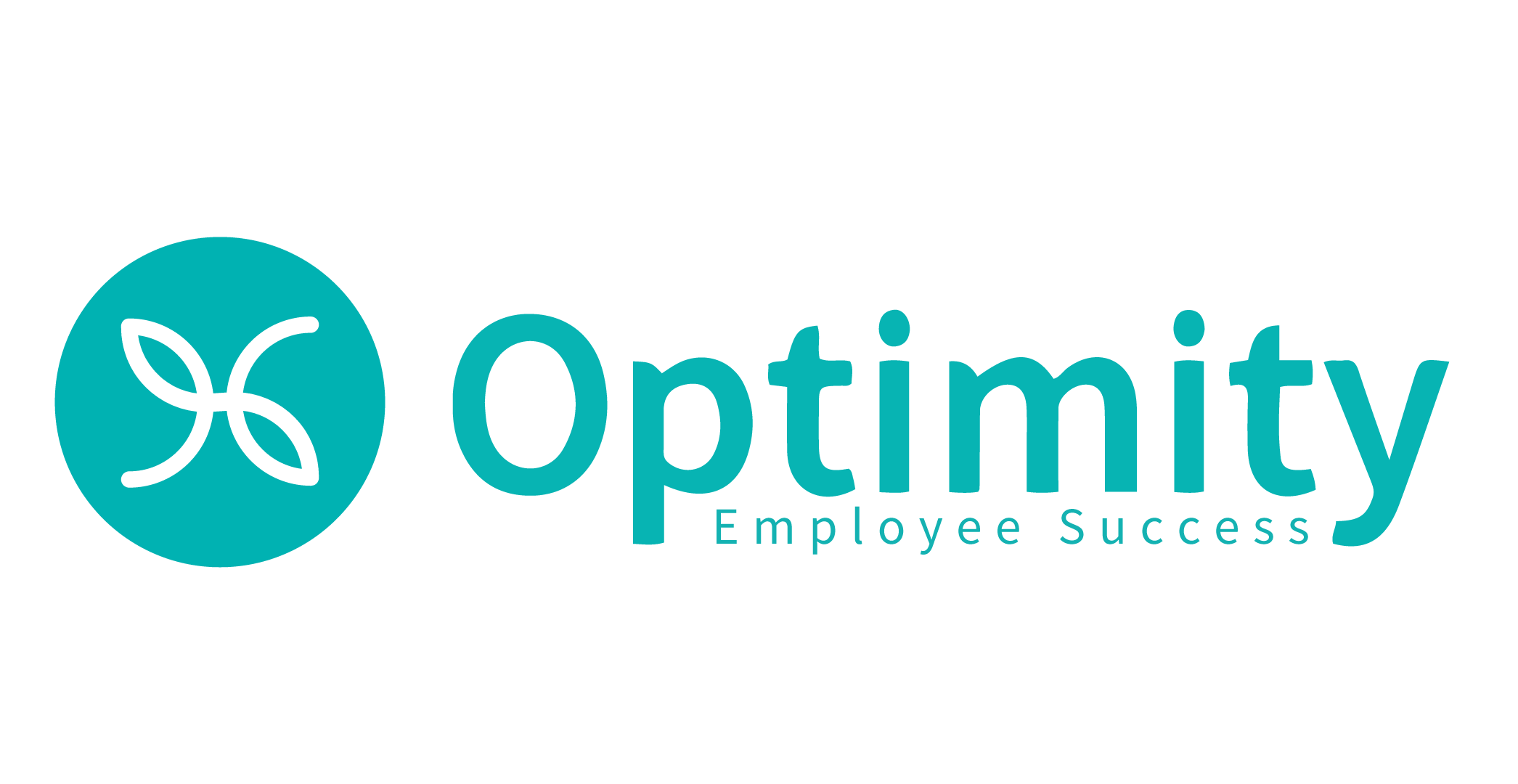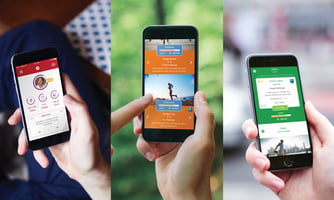Optimity is delighted to announce that it is working with Excellence Canada to provide followers of...
Optimity’s Game Changing Approach to Corporate Wellness
The new norm in Corporate Wellness and the rise of digital wellness platforms in 2022
With 2022 just around the corner, we reflect on the new norm where we saw in the last 2 years dramatic changes to the dynamics of the workforce. Hence work environments must evolve and adapt to this new norm. Many companies are reimagining their employee wellness programs to ensure they are keeping up with the need to support remote staff, hybrid environments, and increased stress on mental health and financial wellness. The goal is to support the whole person in a way that still builds team community, comradery, and alignment to their company’s purpose.
In this article, we look at one of the biggest challenges for companies which has been the ability to engage with their remote employees and ensure the benefits offered in employee wellness programs are still being utilized.
100 % Remote Work
When everyone worked in offices, many employers provided their employee’s wellness perks such as onsite health care, onsite HR counselors, healthy meal options, group activities, and some even offered onsite gyms and fitness classes. Today, as many workforces have experienced a dramatic shift to offsite work programs, companies must transition to accommodate remote, decentralized, and hybrid teams.
The fact that many companies are offering at or near 100% remote work options, and coupled with the fact that the vast majority of employees prefer to remain remote, the need for a digital wellness program is no longer an option, but a necessity.
That’s where digital health and wellness platforms (like Optimity) have an advantage over traditional wellness programs. These digital platforms allow companies to seamlessly convert their wellness programs into 100% digital while maintaining all the perks offered before.
Provide Perks and Engagement in One Platform
The other benefit that a fully digital wellness platform offers is the engagement and tracking aspect. Optimity employs mico-nudges and gamification to encourage users to achieve their health and financial goals.

The fully digital wellness platform also allows wellness contributors to provide content and access to the users. For example, doctors can get a lot done with telemedicine e-meetings and massage therapists could make house calls, nationalists can track your diet, and financial experts can offer you bite-sized tips and quizzes on wealth savings.
This represents the idea of a custom and modular wellness solution, a model which businesses around the world have embraced — an employee’s customized, personal journey toward sustainable health and work-life balance while supporting health risk assessments and chronic disease management.
Remote work really means remote, as in employees can access these health platforms anywhere in the world, and ensure a healthy regimen is maintained at their own pace. And the best companies in this field put their focus on employee wellness, over corporate wellness, changing their terminology of these programs with the deeper appreciation that overall company health depends directly on each employee living their best life and thriving.
Physical Health Pillar
One of the main components of any employee wellness program is providing access to physical health and wellness benefits. Offering them to your workforce is one thing, but how do you ensure usage? This is where digital wellness platforms and employee wellness apps have an advantage because they provide a large variety of options and make services easy for each worker to adopt. Through personalization and learning, these apps also adapt to the personal needs and goals of each user.
Everyone is on a different journey, so it is vital to offer the same quality of support for those looking to just walk more every day as for avid exercisers and athletes. One of the benefits of a connected software suite is how employees can use it to access programs like ClassPass, gym memberships, and other ways to bring wellness home. And of course, access to preventative and medical care must be included, entailing services like diabetes management and heart disease prevention.
Mental Health Pillar
The other important, and fastest-growing, aspect of wellness programs is the mental health component.
Dealing with the pandemic is one thing, but having to do it without the social aspect of the office can create a lot of anxiety and loneliness.
A comprehensive wellness app should include access to programs that promote emotional and psychological self-care, including meditation and cognitive behavioral therapy in its membership. Programs like Headspace and other mindfulness apps should be accessible through a central hub, and the best systems will have rewards programs that incentivize employees to take care of their all-important mental wellbeing.
Financial Health Pillar
Financial wellness has typically been excluded from employee wellness programs. However, the tight correlation between financial wellness and physical/mental wellness has made financial wellness a core component of employee wellness programs.
Many workers often don’t have the right type or amount of insurance, aren’t saving for the future, and aren’t optimizing their debt management: omissions that are sure to come back and bite them at a later date. A whole-person wellness program should absolutely include such services, which traditional wellness modules and HR programs often miss, but which can make a tremendous difference in an individual’s life.
Social and Team Connectedness
One reason why many of the world’s forward-thinking companies are switching to a digital wellness platform is the social and team connectedness that they offer.
Not only are such systems easy to manage and often free at low membership — making them accessible to companies of any size — but they promote team building across the business. With leader buy-in, management can take part in group challenges like Step Together and other goal-oriented events to help win prizes such as charitable donations, movie tickets, gift cards, and more. These apps are also highly social, letting every employee customize their own fitness odyssey without losing that all-important social experience of connecting with old or new friends and coworkers for fitness activities.
The work environment has changed, likely forever. Employees can work when and wherever they need to. Keeping staff engaged and informed has presented new opportunities. And ensuring employee wellness has become a top priority.
Regardless, businesses are under the same obligation to provide their employees with comprehensive wellness services. Luckily, app-based platforms make doing so easier than ever. The key when searching for the correct platform is to look for more than just a collection of features, but instead a holistic fully realized view of wellness — a life optimization program.




